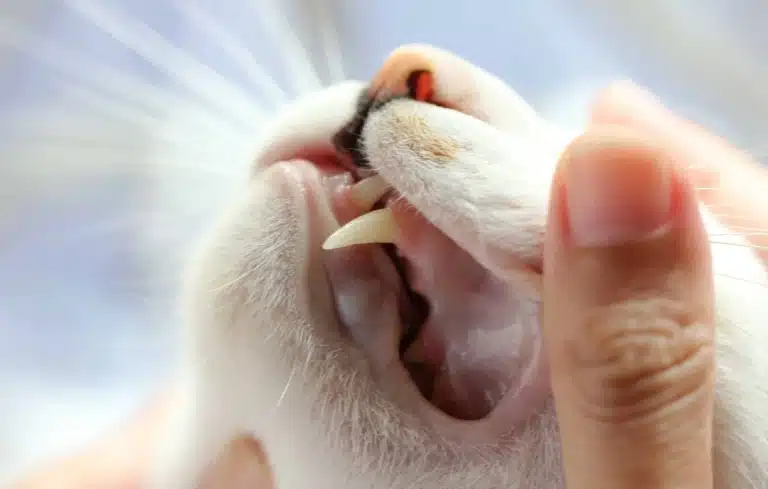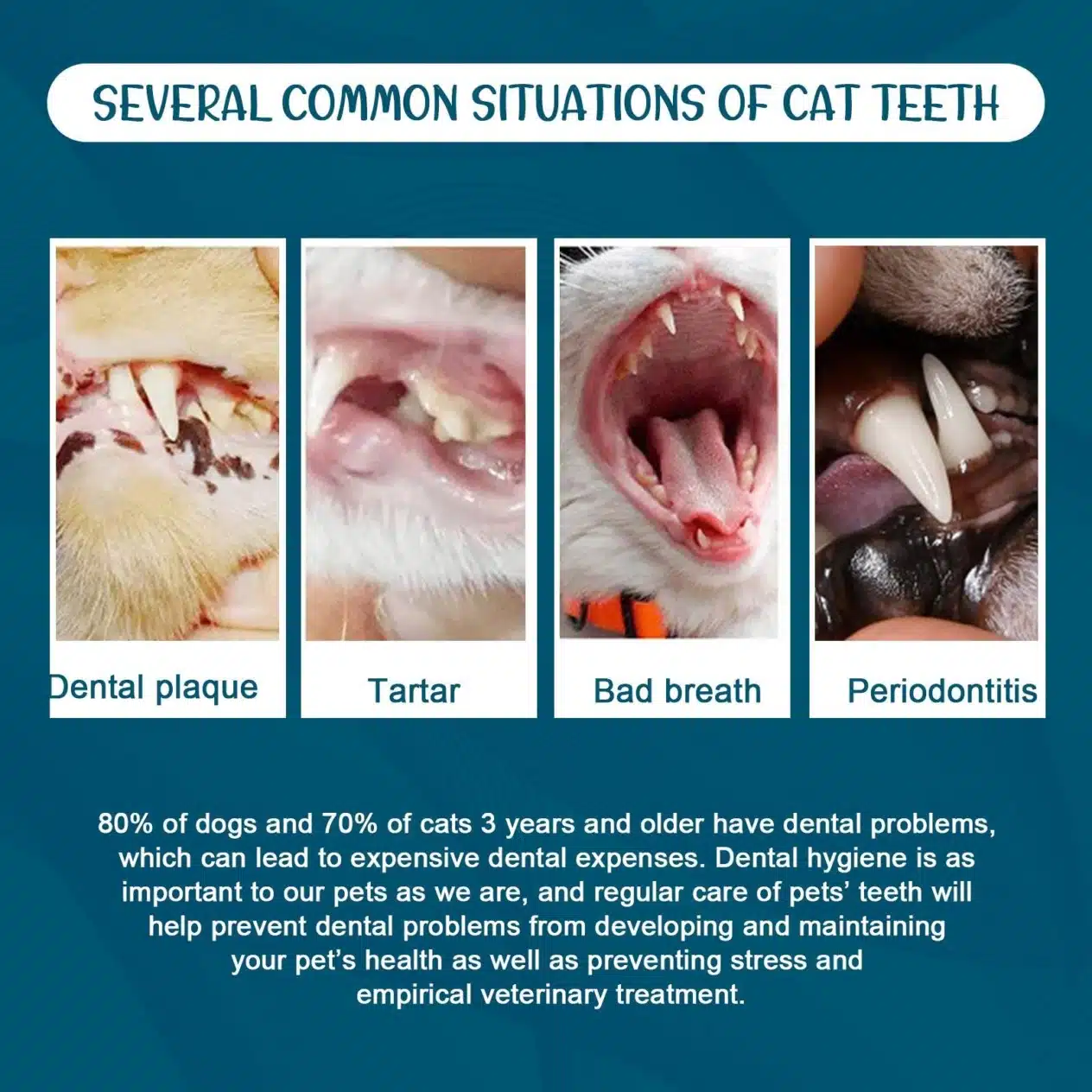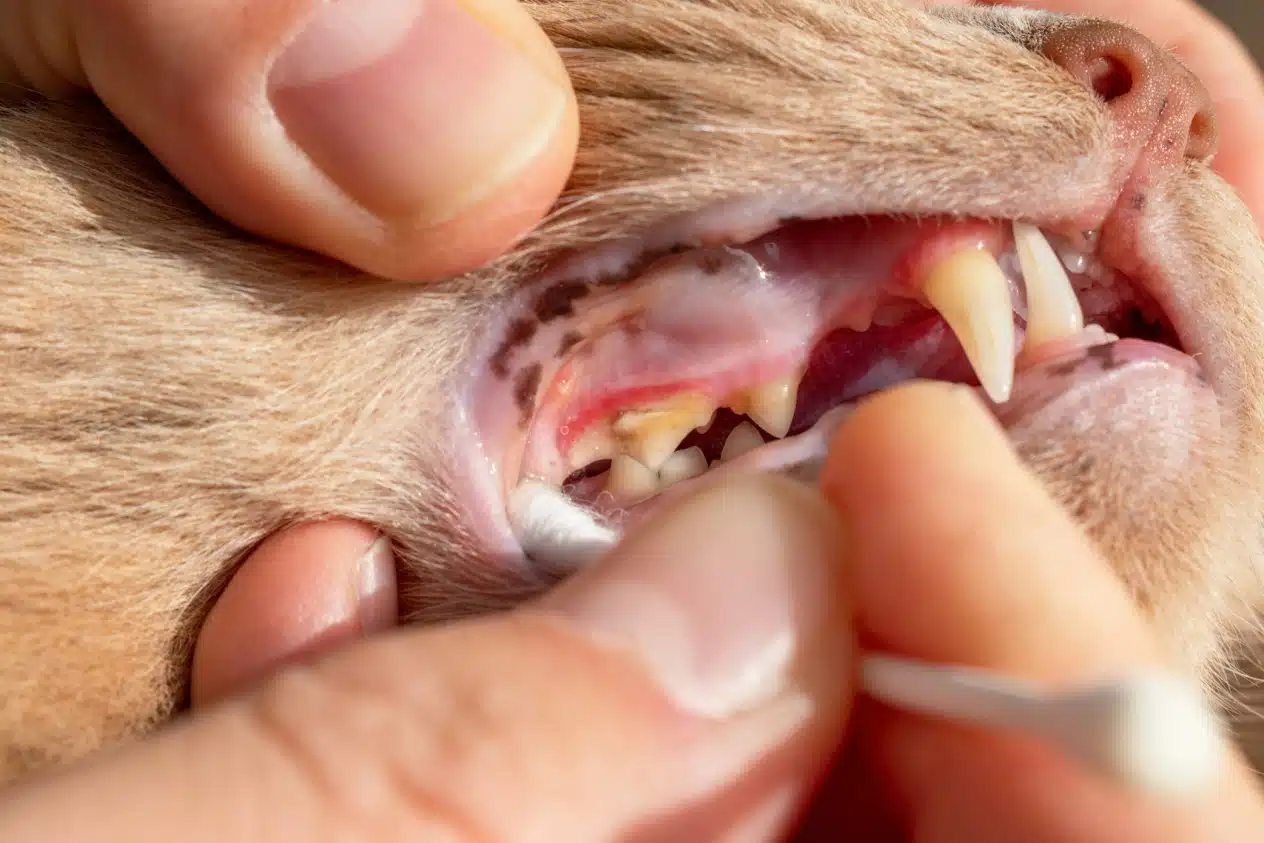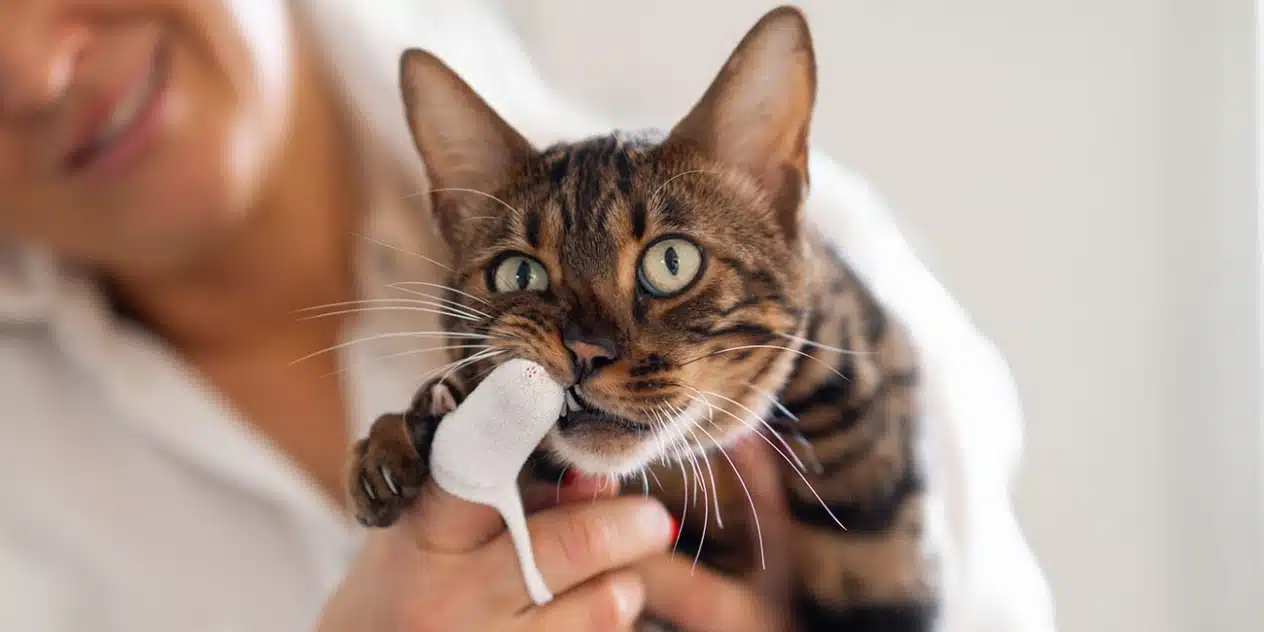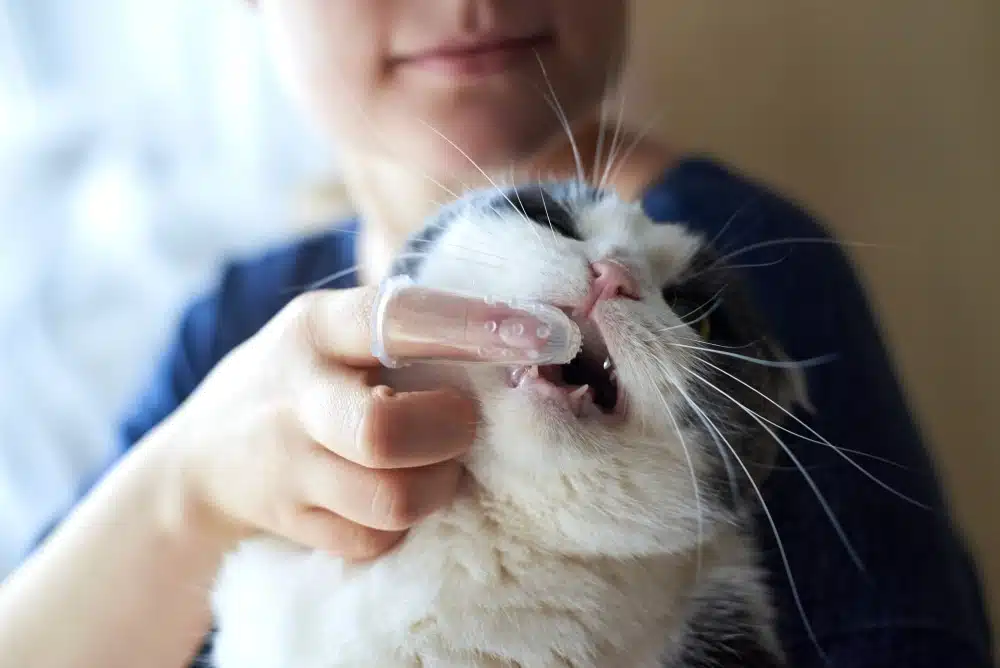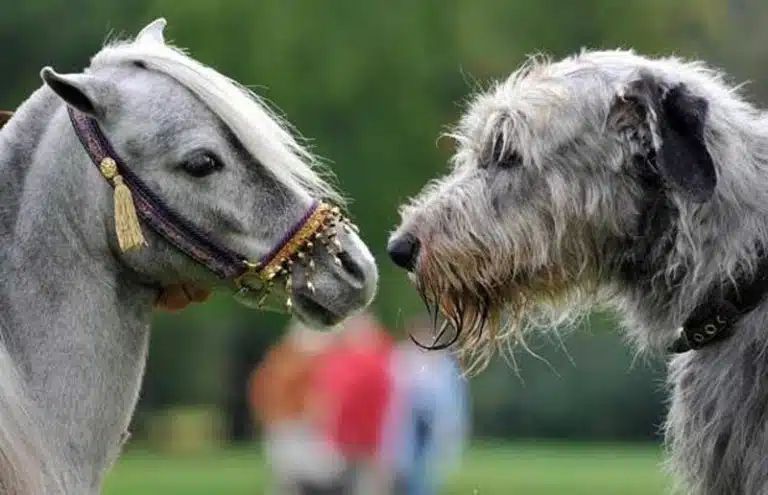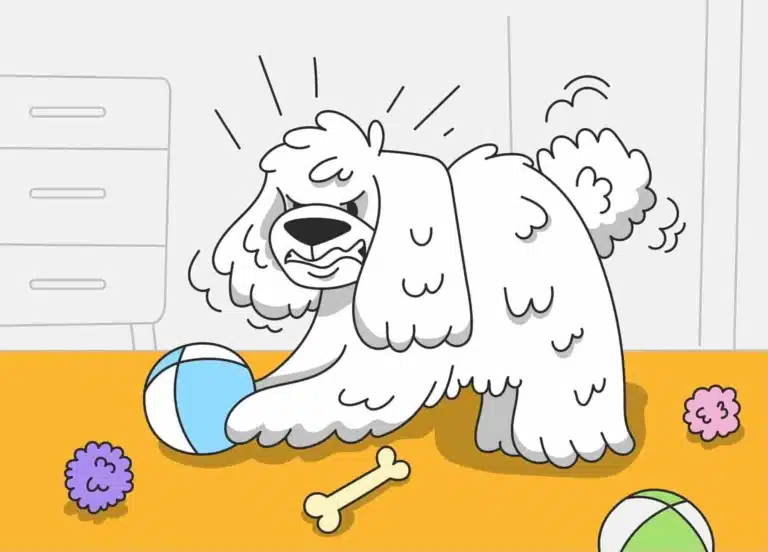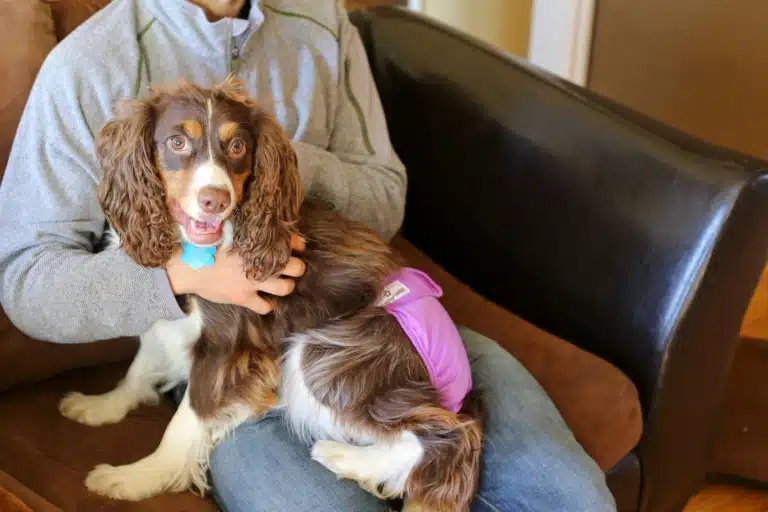Dental problems in cats can cause pain, difficulty chewing, loss of appetite and even affect internal organs. Infection from the mouth can easily enter the bloodstream and can cause heart, kidney or liver disease. That’s why regular dental care should be as routine as feeding or playing.
Major dental and oral diseases in cats
One of the most common problems is plaque, a soft layer of bacteria that forms after eating. If not removed, it turns into tartar, which grows into the gums, causing inflammation and pain. Gingivitis develops on this basis – redness and swelling of the gums, which begin to bleed. If left untreated, it leads to periodontitis, a chronic disease that destroys the tissue that holds the tooth in the jaw and leads to tooth loss.
Another problem is stomatitis. This is an inflammation of the oral mucosa that can be so painful that the cat refuses to eat. The cause is often infections, allergies or autoimmune processes. Particularly dangerous are resorptive lesions of the teeth – when the tooth begins to “dissolve” from the inside. They are unnoticeable for a long time, but cause severe pain and require extraction of the affected teeth. Dental injuries – chipped or fractured teeth due to falls, fights or excessively hard food – also occur in cats.
Signs of dental problems in a cat
An attentive owner can notice in time that something is wrong with the oral cavity. Signals are bad breath, discoloration of the teeth, abundant salivation, blood on toys or bowls, the cat chews slowly or only on one side, often paw touches the muzzle. Also pay attention if the Pet has become less active, avoids solid food or is losing weight dramatically.
Teaching a kitten to brush its teeth
It’s best to start teaching a kitten to brush its teeth at 6-7 weeks of age, when it is already quite active but still open to new habits. First, let him sniff the toothbrush or silicone pad, then try gently touching his teeth and gums. Use a special cat paste with a pleasant flavor (e.g. chicken or fish) to make the process more pleasant. The main thing is to act gradually, increasing the duration of the procedure and be sure to praise and treat after each successful “session”.
How to brush a cat’s teeth correctly
To clean teeth, you will need a special toothbrush for cats or a silicone pad, as well as veterinary toothpaste designed specifically for animals. Never use human toothpaste – it contains fluoride and other ingredients that are dangerous to cats. Before you start, choose a quiet place without unnecessary stimuli. It is most convenient to put the cat on your lap or place it on a table, easily securing its body with one hand.
Lift the upper lip and with gentle, circular brushing motions, start brushing from the gum to the edge of the tooth. At first, you can brush only the front teeth, gradually moving to the sides and molars. Pay special attention to the back teeth, as this is where tartar is most likely to form. Each cleaning should not last longer than 2-3 minutes, so that the animal does not lose patience. After the procedure, be sure to give a treat or pet to make the associations positive.
Prevention of dental disease
Regular brushing of the cat’s teeth is the basis of prevention, but it is not the only remedy. Use special chewable treats or toys that mechanically clean the teeth and massage the gums. A balanced diet with the correct pellet size of dry food also helps reduce plaque formation. Don’t forget about preventive check-ups with your veterinarian at least once a year – the specialist will be able to detect problems early and perform professional cleaning if necessary.
Conclusion
Taking care of a cat’s teeth is not a whim, but a necessity that prolongs life and preserves its quality. Accustom your Pet to brushing from childhood, take care of proper nutrition and regularly check the condition of the oral cavity. Remember: who else but us will take care of the health of those we love.

